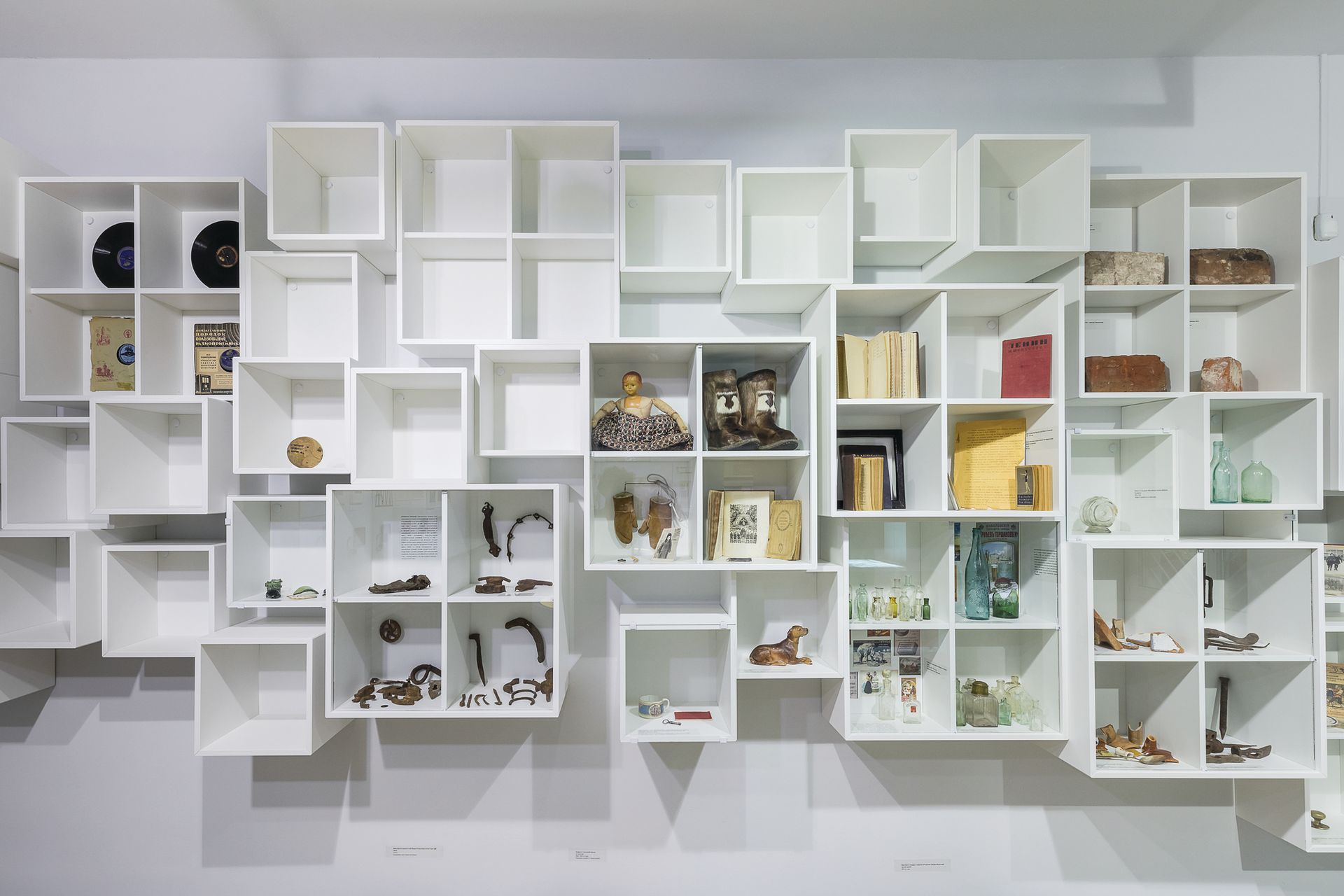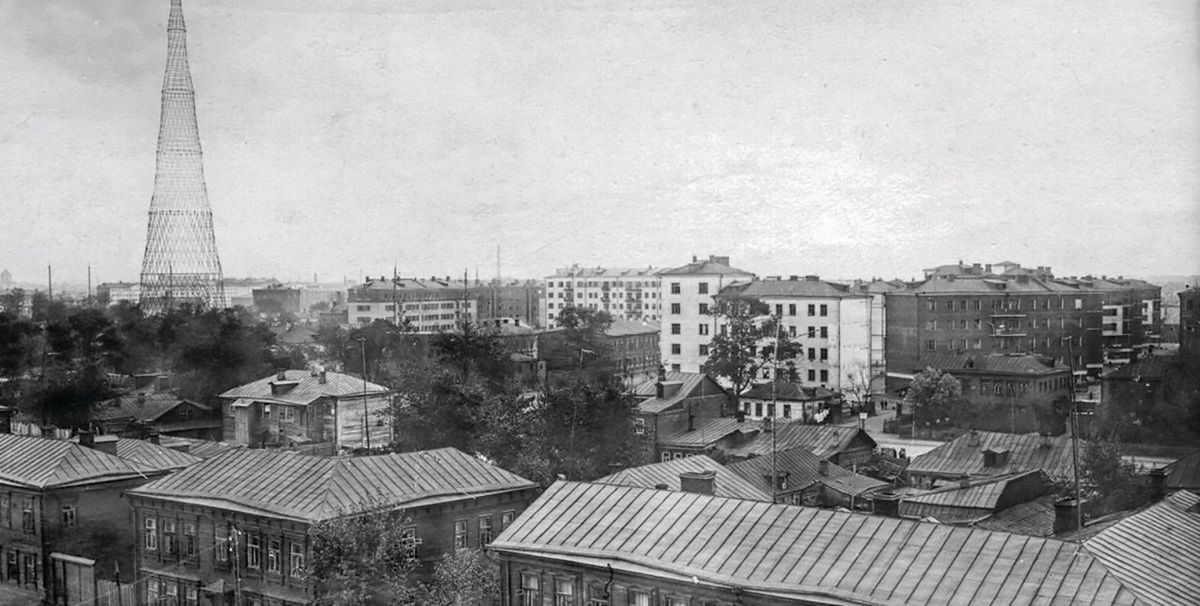As government officials in Moscow earmark Constructivist buildings for demolition in a massive project to relocate up to 1.6 million of the city’s residents, a non-profit museum dedicated to preserving Russia’s avant-garde architecture has opened in the Shabolovka neighbourhood.
Supported by private grants and volunteers rather than public funding, the Avant-Garde Museum occupies a room in Na Shabolovke Gallery. The gallery, part of a municipal network known for its innovative exhibitions, is located in the Khavsko-Shabolovsky housing complex built in the late 1920s by the rationalist Asnova (Association of New Architects). It is part of a district with a rich heritage of early Soviet architecture and design, dominated by the famous hyperboloid Shukhov radio tower.
The museum features photographs, archaeological fragments, archival materials, blueprints, salvaged interior fittings such as door handles, and tools belonging to the tower’s visionary engineer, Vladimir Shukhov. Oral histories gathered from longtime Shabolovka residents are presented on video screens.

The idea for the space came from the local historian and activist Ilya Malcow, who has spent years collecting artefacts of the area—many of which are now on show at the museum. The neighbourhood is unique, he says, because it was built virtually from scratch after the Bolshevik Revolution in 1917 to house workers for the new factories and institutions.
Alexandra Selivanova, the project’s curator, describes Shabolovka as an open-air museum that is appreciated more by foreign tourists than most Russians. “In Moscow, there are many spread-out monuments of the avant-garde,” she says. “Here you can come to one relatively small area [to] see both the architectural and social experiments of that era.”
The minimalist aesthetic and utopian vision of Constructivist and rationalist architecture are unpopular with today’s bureaucrats. “Ideas connected with freeing women from housework… totally contradict our current programmes relayed by the authorities,” Selivanova says. “The traditional, patriarchal family in no way corresponds to the communal house… where everyone is absolutely equal.”


